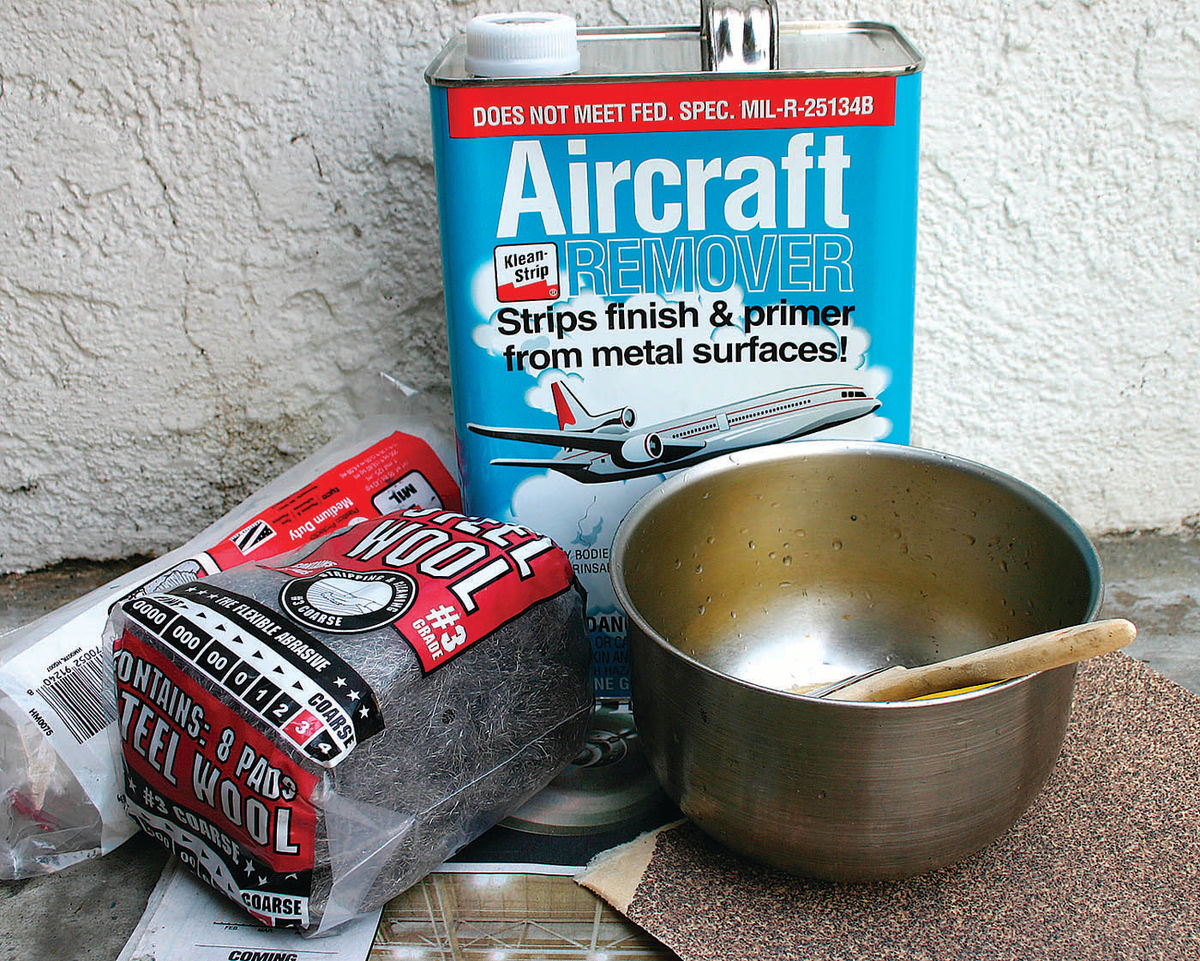I’m a victim of some bad soda blasting
Question:
I am restoring a 1971 Single Cab VW pickup. The previous owner had the pickup soda blasted (very sloppily — read “no masking”). I bought it soon after the blasting job and had it DP primered before it could start rusting. I do a lot of sandblasting and did not realize the issues I was about to take on with all of the residual soda in every crack and cranny, duct and even worse, all the passages in every part of the frame and sheet metal ribbing, etc. As the vehicle gets exposed to water (I drive it a fair amount) every passage is beginning to corrode from the salty nature of the soda.
How can I most effectively neutralize this blasting medium, get it flushed out and then attempt to seal the many ribbed, channeled and hollow areas of this uni-body pickup? I live in a very rural area and don’t have many experts nearby to pick their brains.
Answer:
The only way I know of to neutralize and get rid of soda is with dish detergent and hot water. But to do that you will have to strip off all of the primer you put on the panels. Use a brand called Automotive and Aircraft stripper to do that. Work in the shade in a well-ventilated place; wear thick rubber gloves and at least a particle mask while working. A respirator would be better, because the fumes from the stripper can damage your lungs. Also wear long pants and a long sleeve shirt to avoid getting spatters and splashes of the stripper on your bare skin. I did not always heed this warning, and I have the scars on my forearms to prove it.


Slop on a thick coat of stripper, and just go over the panel one way with your brush. Any more fussing and you will cause the methyl chloride (the stuff that strips the paint) to evaporate too soon. Let the stripper stand for about 15 minutes before scraping it off with a Bondo scraper. Use steel wool to get in difficult areas. If you are working on a hot day, cover the stripper with plastic sandwich wrap to slow evaporation. Dispose of this toxic mess according to local environmental laws.
Once the panels are completely stripped of primer, scrub them with the previously mentioned dish detergent and water using an abrasive pad, such as you would for stubborn pots and pans. Follow this up with a generous rinse with clean water, and then blow-dry the panel with compressed air as soon as possible to minimize corrosion. In hard-to-access places such as inside box beams, you will have to be content with plenty of dish detergent and water being flushed through the area, followed by a good rinse.
Clean the panels of wax and grease with a good degreaser such as R-M 900 Pre-Kleano. Don’t use lacquer thinner for this job, because it can leave a residue. Next, go over all of your panels with 300grit sandpaper to develop a “tooth” to the metal before priming. Incidentally, don’t be tempted to try to shortcut this process by just sanding without washing because sanding alone will not neutralize the soda.
I like to use cavity wax in hard-to-reach areas to keep them from rusting. It does this by cutting off oxygen and moisture. Cavity wax is available from automotive paint stores or by mail from suppliers. But wax won’t help if you don’t rinse these areas first. However, it will prevent rust on clean dry metal. Just squirt in the cavity wax with an applicator made for the purpose until it runs out on the floor. The wax job doesn’t have to be very pretty, but it definitely needs to coat everything.
A good epoxy automotive primer would be my next move. Sikkens or Spies Hecker make excellent bare-metal epoxy primers. But make sure they are compatible with the topcoat paint you will be using.
And if you should have anything soda blasted in the future, be sure to mask the areas you don’t want stripped, and explain the situation to the soda blaster before he starts.
Generally speaking, the fellow doing the blasting is not as enamored of your classic as you are, and needs to know what you expect.















